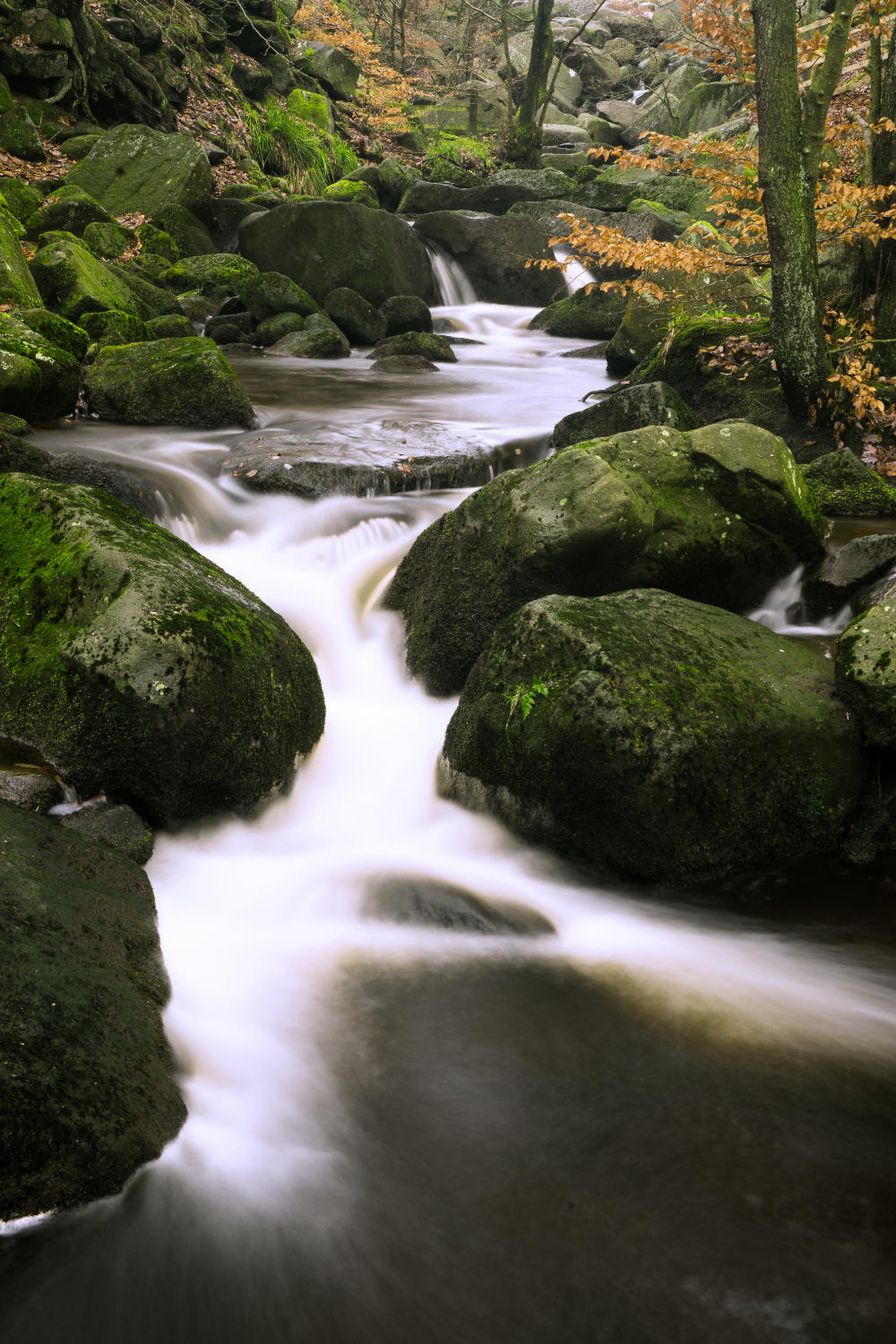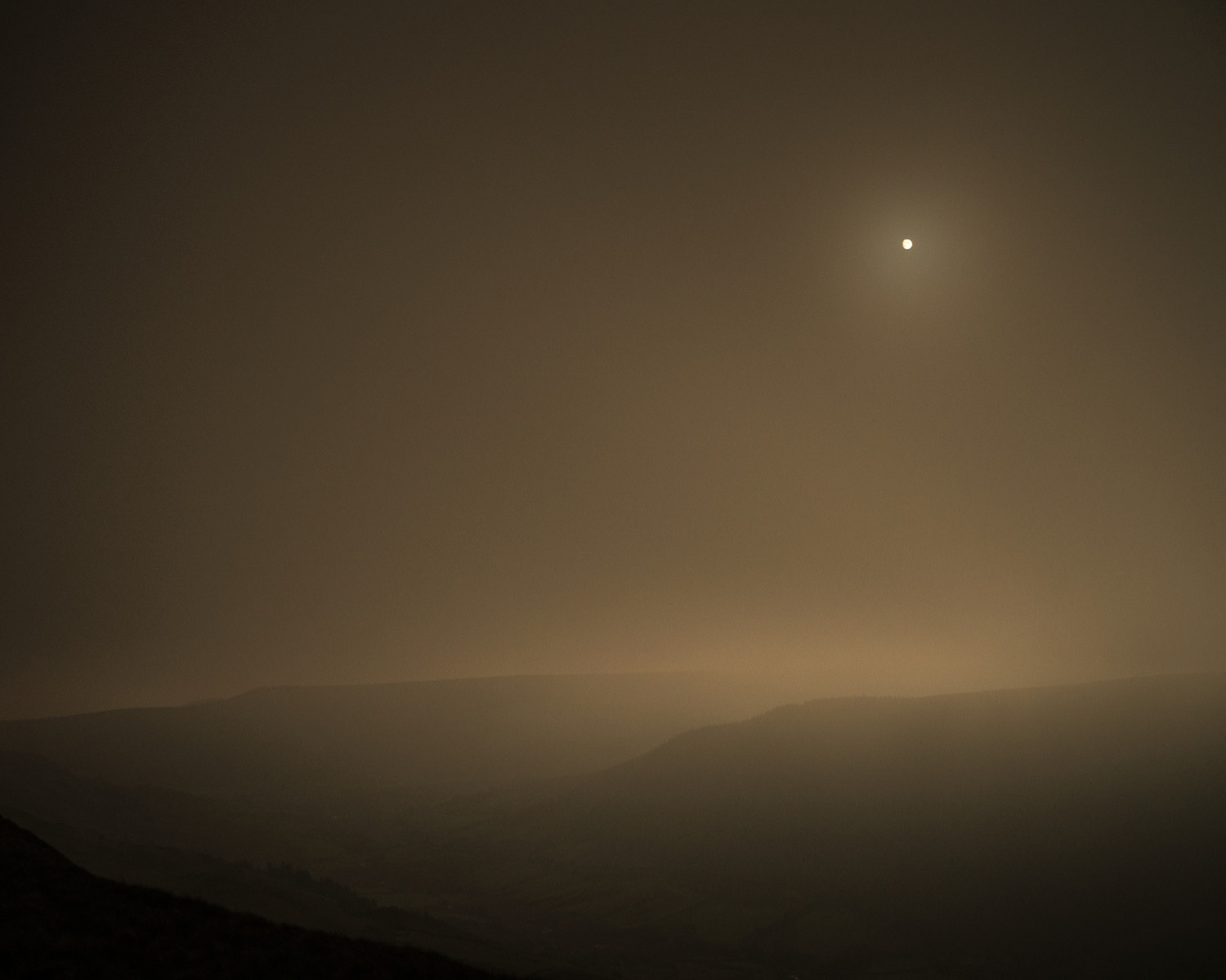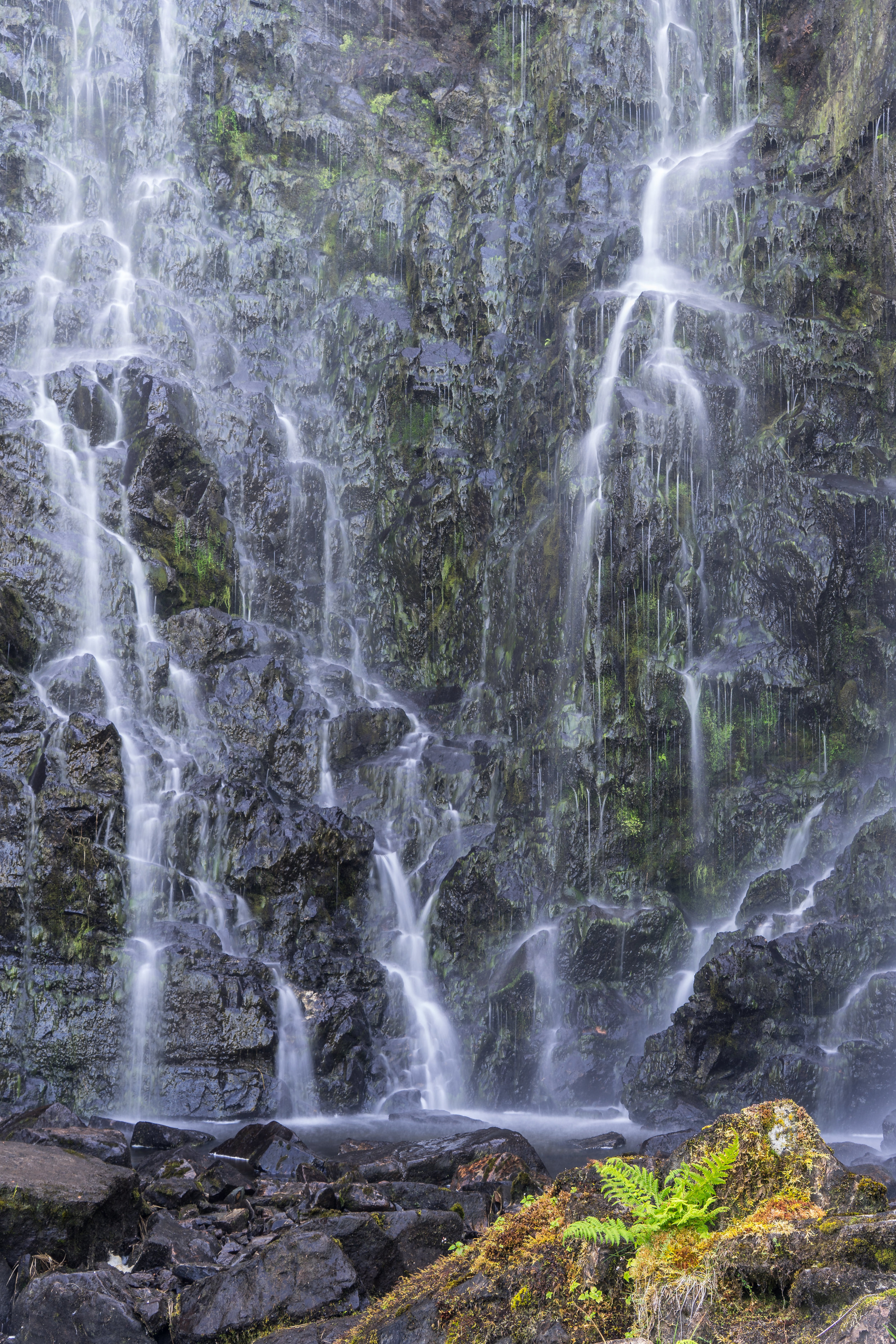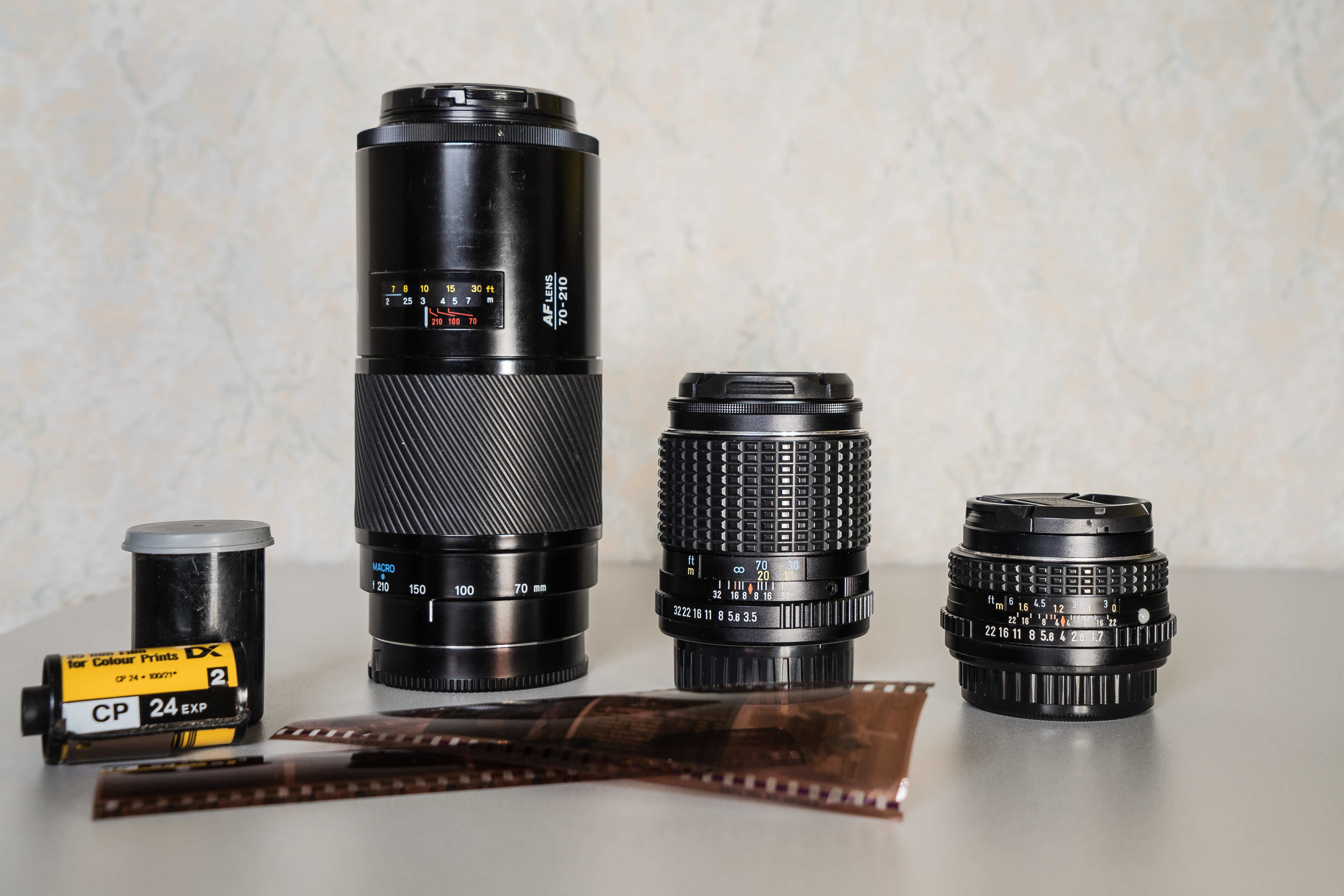After years of concentrating heavily on wildlife photography I took the decision in 2018 to move away from this genre of photography and concentrate on landscape photography with some candid/street photography thrown in for good measure. It was at this time I made the switch to Sony with the Sony A6000 and then moving on to the full frame A7ii.
Red Fox - Sony A7ii, Sigma 100-400
All the decisions I took at the time where re-enforcing my position of moving away from wildlife photography, the A7ii in particular is a full frame sensor so would lose me any advantage of reach provided by a crop sensor. Now I do not regret my switch to Sony as I love the system, however, i recently found that when out with the camera I would still find myself getting pulled on occasion towards wildlife shots that might present themselves. In particular when on holiday in the Scottish Borders there happened to be many opportunities to photograph Red kites had I had a suitable lens to do so.
I came back from that holiday with a problem. I wanted the ability to shoot some wildlife but had to find a lens within my budget that would do the job. I also wanted the lens to double up as my telephoto landscape lens so that probably ruled out anything too big. As you can imagine this is not an easy task. The Sony E mount system does not have the lens depth from third party manufacturers that Canon and Nikon does, consequently the native lens which fit the bill, the Sony 100-400 GM retails for around two thousand five hundred pounds. At this stage I didn’t see this as an option.
After months of looking at every option available, and I mean every option (see list below)
Canon 100-400 mk1 with adaptor (slow autofocus if it worked at all)
Canon 100-400 mk2 with adaptor (as expensive as the native Sony with adaptor cost)
Tamron 150-600 with adaptor (perhaps too big for landscapes, autofocus performance?)
Sigma 150-600 with adaptor (same issues as above)
Sigma 120-400 with adaptor (contacted Sigma old lens not sure would work with adaptor)
Tamron 100-400 with adaptor (possible)
Sigma 100-400 with adaptor (possible)
As you can see I explored a number of possibilities. In the end I went with the Sigma 100-400 and sigmas own MC-11 adaptor. I think the reason I went for this over the Tamron was down to the fact that the adaptor is considerably cheaper than the equivalent metabones, and being from the same manufacturer and designed to work and be up-gradable with firmware, it gave me a little more confidence that the two would work well together.
Performance so far?
I have to say that so far the lens and adaptor combination is working a real treat on the Sony A7ii. Image quality has been fantastic which is the main issue you worry about. There are a few points I will raise which are in no way a criticism but more an understanding that with any lens there are issues you have to work around to get the best performance.
Brown Hare - Sony A7ii Sigma 100-400
Autofocus performance. This is not the fastest when the lens is set to focus over the full range. I combat this by preparing in advance if I can and switching to 6m-infinity or 1.6-6m. This speeds the process up and is a method you can use on most occasions. I have had a few instances where the lens has just failed to focus but this is rare and I have remedied by re-focusing on something else before moving back to the original subject.
Lens Construction/Ergonomics. For the price this lens feels very solid, not on a par with the native 100-400 but certainly much better than something like the Tamron 150-600 which I have also owned and incidentally also took excellent images. the biggest issue I have found is the lack of a tripod mount. As one of my uses for this lens is to be able to shoot telephoto landscape images this is almost essential. I also really find the tripod foot is an invaluable carry handle when out shooting wildlife. Luckily I did my research before getting the lens and these can now be bought as third party items. I have yet to get this delivered but I will update this post when its arrived and in use.
Maximum Aperture. At 400mm the maximum aperture of the lens is F6.3 so it falls a little behind some of the competitors that tend to be slightly wider at F5.6. Because the Sony A7ii has such a fantastic ISO performance I have not found this an issue. As a photographer I have just adjusted a shot that i previously took at ISO320 to ISO400.
Reach. I suppose this was always going to be a challenge for me having come over from a cropped sensor camera to full frame. But I did not want to go for a longer lens for a number of reasons. As stated earlier I also needed the lens to double up as my telephoto landscape lens so the 100-400 range fitted the bill nicely. I also wild camp with the camera equipment so size and weight is also an issue. It is a compromise but one i am willing to live with and one with a possible solution.
The Future. As I indicated above I do have a plan that I think will give me everything I need to make this system perfect for my needs. As is often the case it involves the purchase of more kit, so whats on the cards, well I am looking at the possibility of getting a Sony A6300 to use as a backup. This will work with all my current lenses and with the added advantage of a crop sensor giving me extra reach if I need it for certain wildlife situations. I can also use the camera for vlogging when my youtube channel gets back up and running in the autumn.
Toad -Sony A7ii, Sigma 100-400. Reasonable Macro capability.
In conclusion I think this lens is capable of providing pin sharp images with fair if not dazzling autofocus performance. For me it does everything i need it to do and will become part of a pretty perfect setup. As with all equipment it is a balancing act of compromise and using your knowledge and skill as a photographer to work around those little eccentricities that all lenses have. As always your comments are welcome and I would be particularly happy to hear from other photographers using this combination and there thoughts on its performance.













![FB_IMG_1548163581409[3210].jpg](https://images.squarespace-cdn.com/content/v1/5b61b33f3917ee1ec3846a67/1548164201486-2OYJCP2TFO9QGX71MIIB/FB_IMG_1548163581409%5B3210%5D.jpg)






